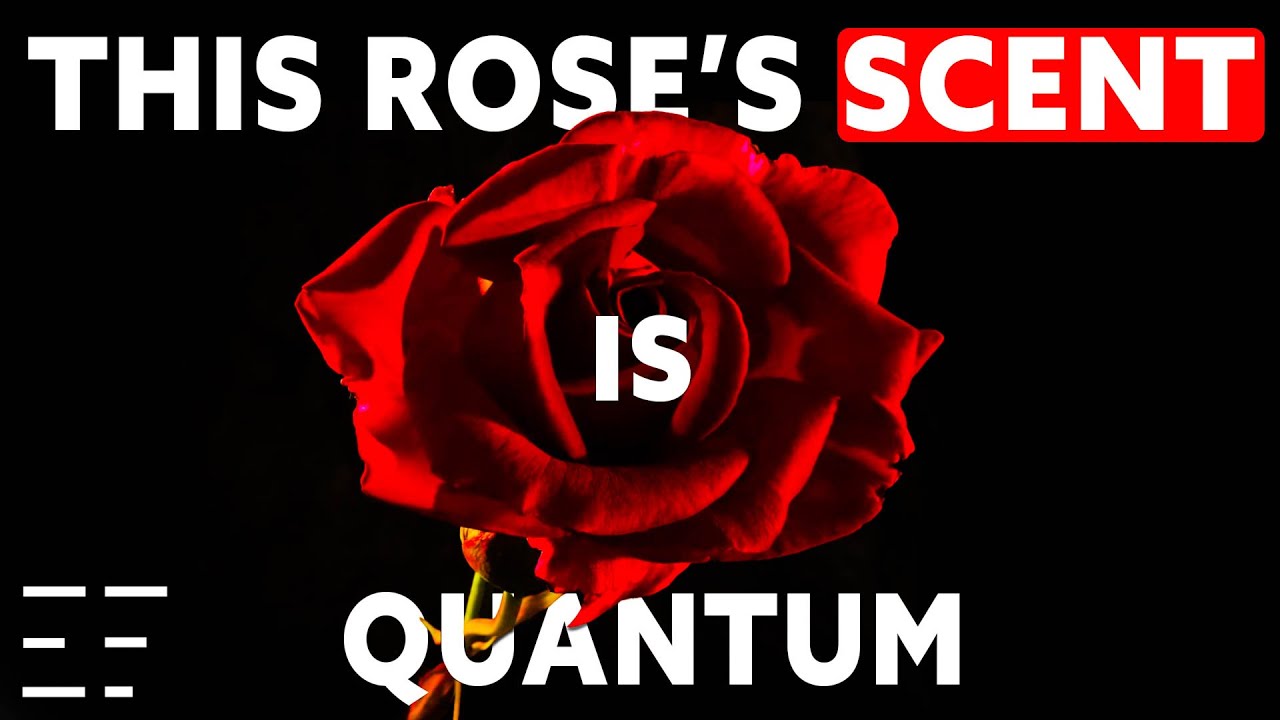Session 2: The Commons
In the last community call, we set the date & time for this session for August 18 @ 7pm ET. Would love to see you then! Copying over info from the main post:
How to Join
- When: 2024-08-18T23:00:00Z→2024-08-19T00:00:00Z
- Where: Jitsi Meet
- Who: Anyone! Try to do at least part of the reading,but don’t let it stop you if you don’t have time. This will be an exercise in shared knowledge creation!

Recommended Reading
- Elinor Ostrom, selections from Governing the Commons (1990, PDF, EPUB)
- Silvia Federici, “Commons against and beyond capitalism” (2014), also published in Re-enchanting the World (2018, EPUB)
Elinor Ostrom, Governing the Commons
(~40 min reading time)
This is the urtext for the study of the commons as a serious economic model. Ostrom became the first woman to win the Nobel Prize in Economics in the shockingly late year of 2009, largely for this work, though this text was first published in 1990 and her research on the subject goes back to the 1970s. The selections are a little haphazard b/c we wanted to cover the all the salient arguments in this milestone work. The main interests for the group:
- The formal definition of common-pool resrouces (CPR), especially in juxtoposition with Yochai Benkler’s commons-based peer production (CBPR), which was a central focus of Session 1. Ostrom defines it in Chapter 2, § “The CPR situation,” “CPRs and resource units” (pp. 30-33 in print, pp. 44-47 in PDF, ~7 min reading time).
- Design principles illustrated by long-enduring CPR institutions, found at Chapter 3, § “Similarities among enduring, self-governing CPR institutions” (pp. 88-102 in print, pp. 102-116 in PDF, ~33 min reading time).
Silvia Federici & George Caffentzis, “Commons against and beyond capitalism”
(~26 min reading time)
Silvia Federici is best known for her pivotal work of feminist Marxist analysis, Caliban and the Witch, which addresses the period of extensive capital accumulation that occurred from roughly the 12th through 18th centuries. In it she examined how the working people of Europe were systematically robbed of their land through the enclosure of the commons and the endless religious wars that accompanied the Reformation; how the witch trials deprived women of bodily autonomy and control over their communities’ social reproduction; and ultimately how this led to the dispossession of wealth, labor and culture on a massively global scale, through colonialism and the slave trade.
In this essay, “Commons against and beyond capitalism,” Federici and George Caffentzis draw on the work of Elinor Ostrom, Peter Linebaugh, and David Bollier, as well as more recent decolonizing efforts to restore the commons throughout Latin America. The work challenges the vision Ostrom laid out for a commons that can peacefully coexist within a capitalist, market-based economy. As they write near the end:
Anti-capitalist commons, then, should be conceived as both autonomous spaces from which to reclaim control over the conditions of our reproduction, and as bases from which to counter the processes of enclosure and increasingly disentangle our lives from the market and the state. Thus they differ from those advocated by the Ostrom School, where commons are imagined in a relation of coexistence with the public and with the private. Ideally, they embody the vision that Marxists and anarchists have aspired to but failed to realize: that of a society made of ‘free associations of producers’, self-governed and organized to ensure not an abstract equality but the satisfaction of people’s needs and desires. Today we see only fragments of this world (in the same way as in late Medieval Europe we may have seen only fragments of capitalism) but already the commons we build should enable us to gain more power with regard to capital and the state and embryonically prefigure a new mode of production, no longer built on a competitive principle, but on the principle of collective solidarity.
They then lay out their own criteria for the “anti-capitalist commons,” in counterpoint to Ostrom’s CPR design principles.
Further Resources
- David Bollier, The Commoner’s Catalog (2021). This is an excellent, non-linear, visual approach to the broader history and ecosystem of the commons, reflective of the different ways people have created the commons in different places and times.
- Luis Villa, “Resilient open commons” (2022), for a look at how CPR concepts have been applied to open source software commons with respect to Ostrom’s design principles, both successfully and unsuccessfully.
- In Chapter 6 of Governing the Commons, Ostrom also lays out “A framework for analyzing institutional choice” (pp. 192-214 in print, pp. 206-228 in PDF, ~45 min reading time), which could hold some useful insights for the future governance of GOAT.
